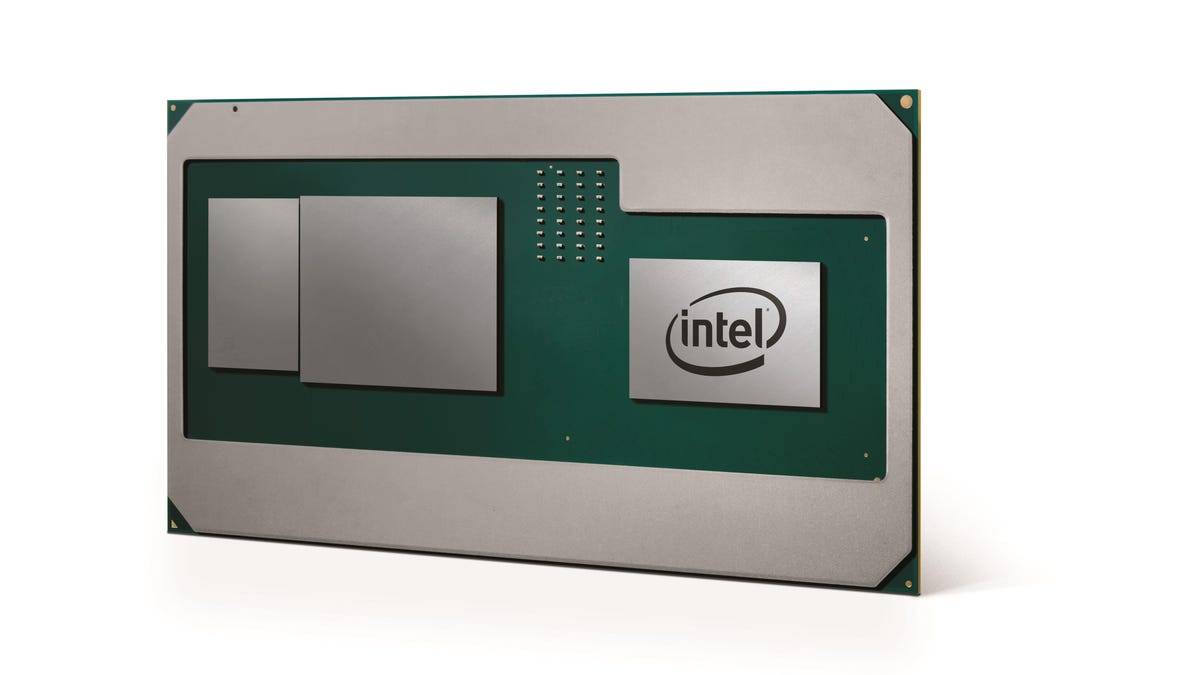Intel, AMD team up for better graphics in super-slim laptops
Some new Intel CPUs will include AMD Radeon graphics for the first time.

It's a true team of rivals. CPU giants Intel and AMD are joining forces, at least for one project, which will add AMD's Radeon graphics to select high-end Intel CPUs.
Why are these silicon foes teaming up? As computer buyers seek laptops that are thinner and lighter, they also want more power, especially in graphics, where one typically needs a discrete graphics chip for modern games or high-res video editing. These GPU-enabled systems add size, weight and power consumption, making them less portable and less efficient.
While both AMD and Intel make CPUs -- the central processing unit brains that power all sorts of devices -- AMD also makes high-end graphics hardware for laptops, desktops and even game consoles. Intel's built-in graphics hardware, while capable of playing 4K video, are considered lower-end in comparison.
In a press release, Intel said:
"The new product, which will be part of our eighth-gen Intel Core family, brings together our high-performing Intel Core H-series processor, second generation High Bandwidth Memory (HBM2) and a custom-to-Intel third-party discrete graphics chip from AMD's Radeon Technologies Group -- all in a single processor package. It's a prime example of hardware and software innovations intersecting to create something amazing that fills a unique market gap. Helping to deliver on our vision for this new class of product, we worked with the team at AMD's Radeon Technologies Group. In close collaboration, we designed a new semicustom graphics chip, which means this is also a great example of how we can compete and work together, ultimately delivering innovation that is good for consumers."
By combining an Intel CPU and an AMD GPU in a single package, Intel hopes to be able to offer gamer-ready graphics in laptops as thin as the MacBook Air . The actual technological innovation that enabled this team-up is a way to bridge the two companies' silicon. Intel calls it the Embedded Multi-Die Interconnect Bridge (EMIB), and says:
"At the heart of this new design is EMIB, a small intelligent bridge that allows heterogeneous silicon to quickly pass information in extremely close proximity. EMIB eliminates height impact as well as manufacturing and design complexities, enabling faster, more powerful and more efficient products in smaller sizes. This is the first consumer product that takes advantage of EMIB."
The new chips, part of Intel's eighth-gen H series of CPUs, may be available as early as the first quarter of 2018.

